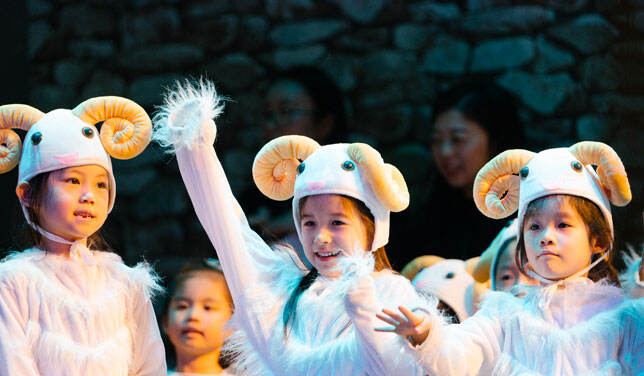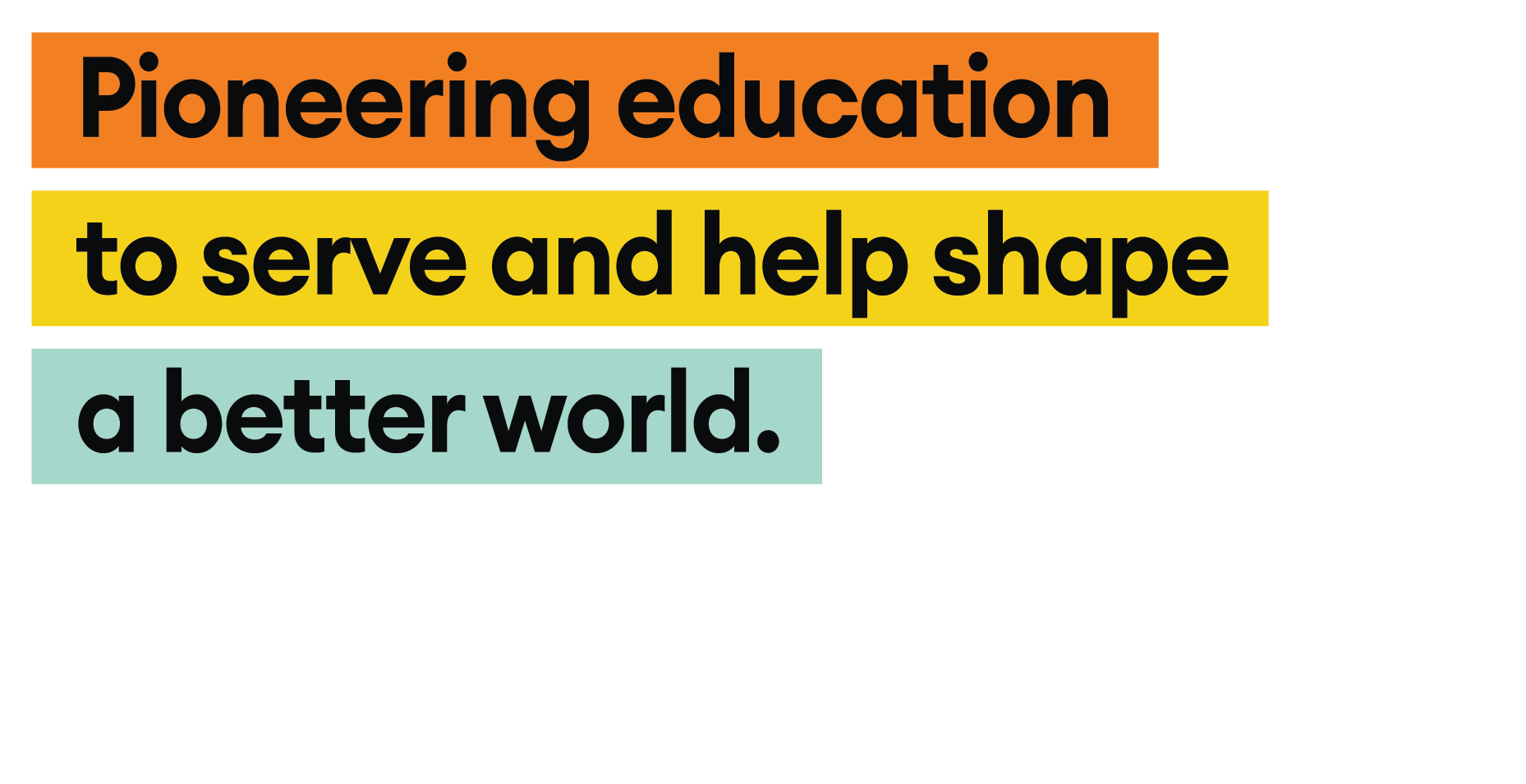Insights | Leading by example, reading by example

Barbara Faria Head of Early Years
Our conception of reading with our children at home has long been informed by the cliché of the bedtime story. Admittedly, it is appealing. After all, is there any better way to wind down after a long day than under the covers with a great book? But we should not think of reading with our children only as something we do to put them to sleep every night. Many of us fail to understand that reading at an early age is a highly active form of learning. Regularly reading with our children in the International kindergarten Shanghai yields a host of fundamental and long-lasting benefits. It helps to build your child's vocabulary and communication skills. It sparks curiosity and fosters critical thinking and importantly, it strengthens the parent-child bond. It is never too early to get your child interested in reading and here are some effective ways to do it.
Read with your child, not to your child

Reading should not be a passive exercise for your child. Get them involved. Make whatever you read the starting point for a conversation. Talk about the book's cover and the images on its pages. This is a great way to introduce new descriptors into their vocabulary. Why not discuss the characters and ask your child how they feel about them or what they would do if they were in the character's shoes. This can help to expand their capacity for empathy. Leave the story open-ended and ask them what they think is going to happen next. In addition to stimulating their imagination, this helps to hone their sense of narrative development and how they understand cause and effect. Encourage them to express and explain any opinions they have about the book. Such conversations provide the building blocks of critical thinking.
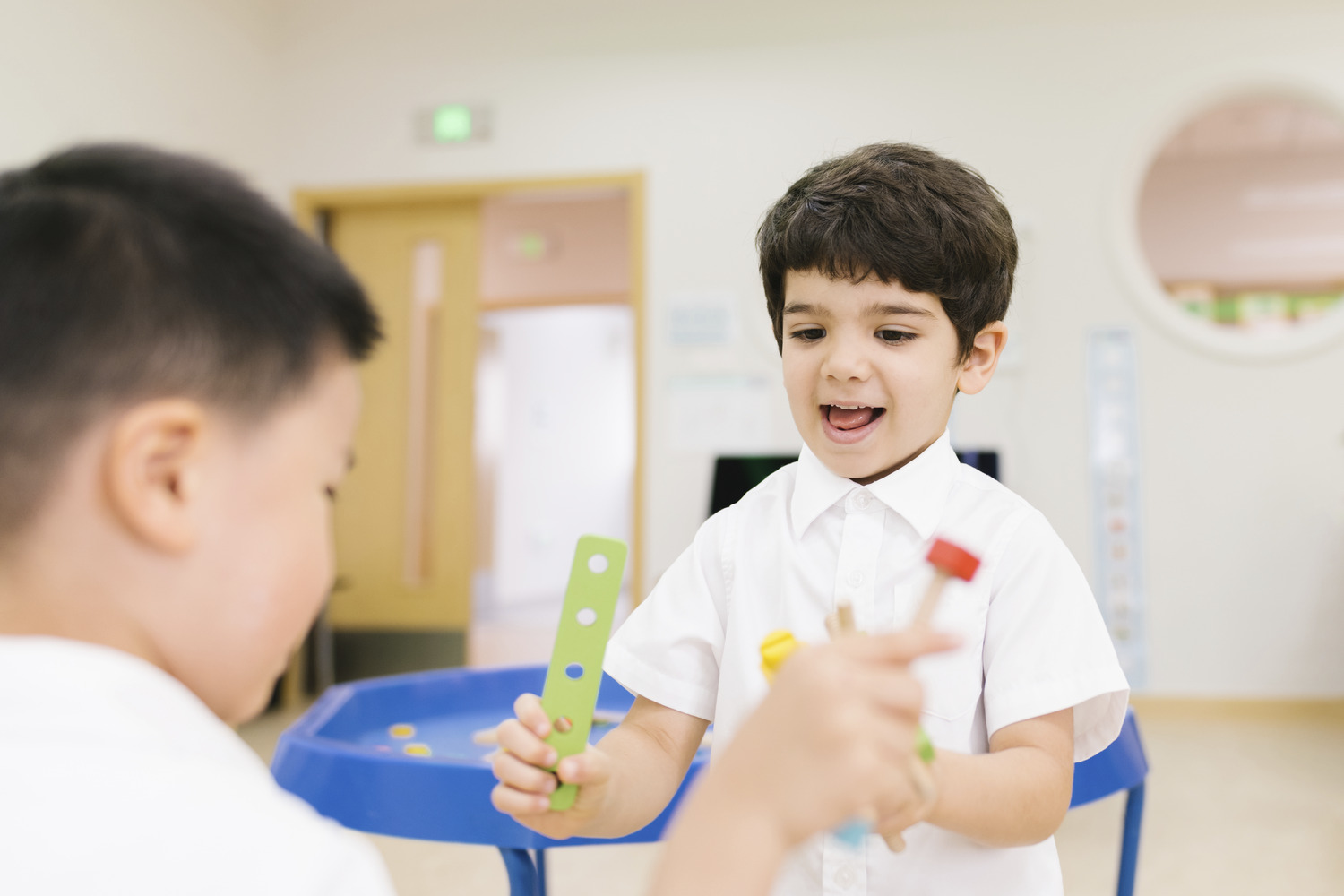 Your child can interact with the books you read together long after you return them to the shelf, too. At Wellington College International Shanghai's Early Years Centre, we like to incorporate books into engaging activities. For instance we may let them put on a small play in which they assume the roles of the characters or have them tell stories using the characters we read about. Both are easily duplicatable in the home. The possibilities are endless.
Your child can interact with the books you read together long after you return them to the shelf, too. At Wellington College International Shanghai's Early Years Centre, we like to incorporate books into engaging activities. For instance we may let them put on a small play in which they assume the roles of the characters or have them tell stories using the characters we read about. Both are easily duplicatable in the home. The possibilities are endless.
Mix it up
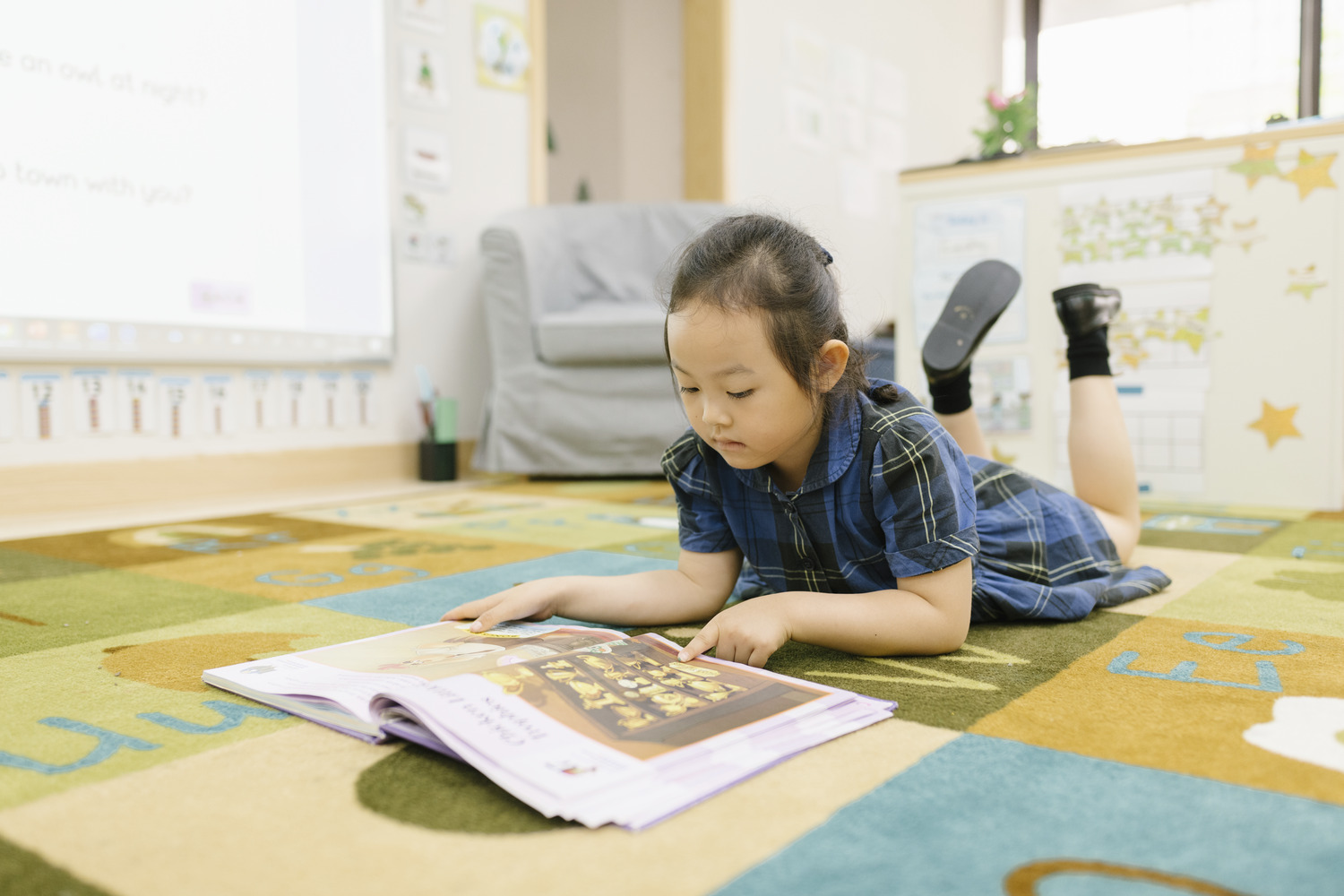 It is also important to introduce a variety of styles and subjects into your child's reading habits. Don't just limit them to fairy tales and other fictions. Take care to integrate books about the real world into your child's reading habits. These books can be a starting point to other avenues of exploration, particularly online. A book about a natural phenomenon may spark them to learn more by going to National Geographic online. A book about locomotives may inspire them to look at Popular Mechanics. By linking the books you and your child read to other sources of knowledge, you are cultivating curiosity and planting the seeds for more effective research skills later on in their academic career.
It is also important to introduce a variety of styles and subjects into your child's reading habits. Don't just limit them to fairy tales and other fictions. Take care to integrate books about the real world into your child's reading habits. These books can be a starting point to other avenues of exploration, particularly online. A book about a natural phenomenon may spark them to learn more by going to National Geographic online. A book about locomotives may inspire them to look at Popular Mechanics. By linking the books you and your child read to other sources of knowledge, you are cultivating curiosity and planting the seeds for more effective research skills later on in their academic career.
Lead by example, read by example
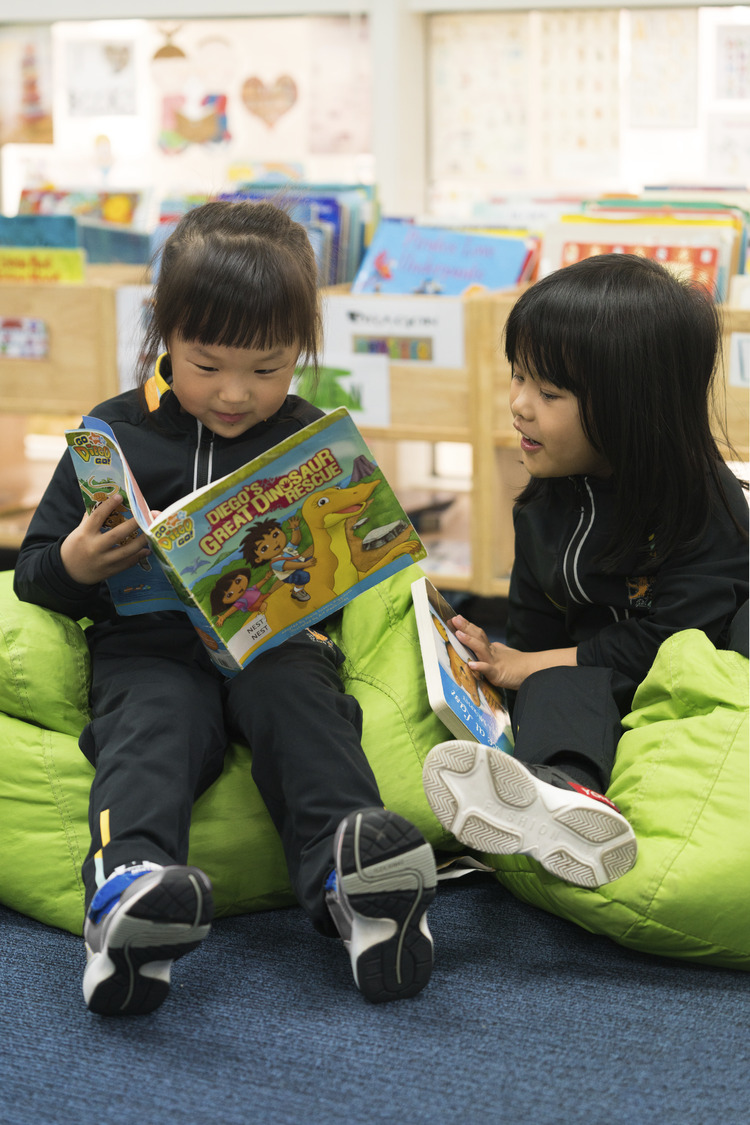
By far, the best way to get your child interested in reading is to be a reader yourself. Young children are keen observers. As parents, we serve as the primary model for our children's behaviour. They watch what we do, internalise it and emulate it. So just imagine what they will do when they see how much we enjoy sitting with a good book!
Related Articles











